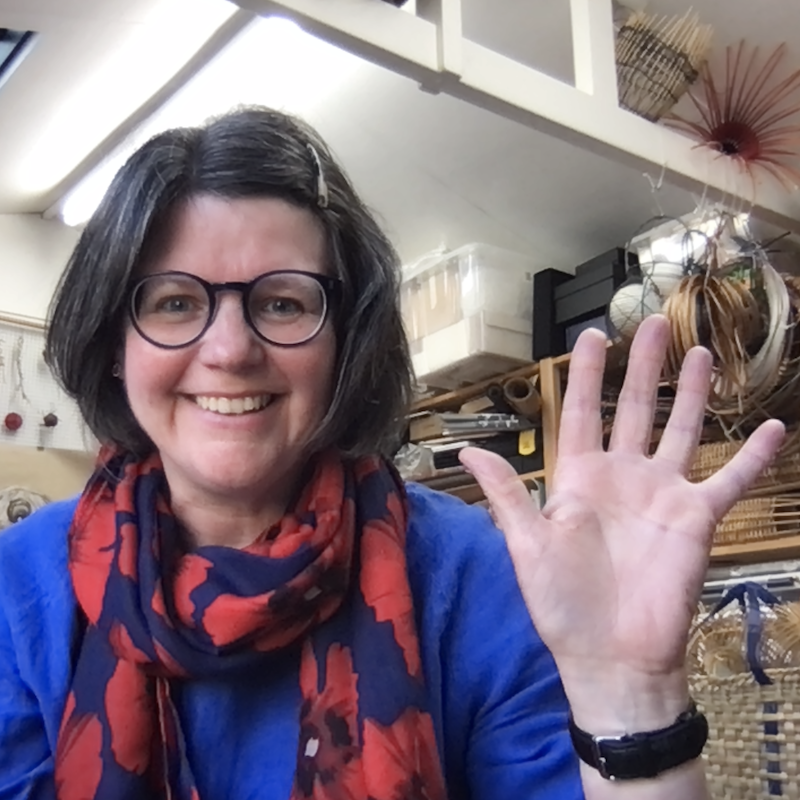In Praise of Online
As the first anniversary of the Covid pandemic and lockdown one in England passes, I’ve been reflecting on the changes to my way of working in the past year. At the beginning of March 2020, just two weeks before we went into lockdown for the first time, I was meeting face to face with the Forces in Translation (FiT)project group for five days of studio trials. With the loss of all other work but FiT by April 2020, the project became a real focus.
We quickly had to find a way to continue the project and the solution was as many others discovered, that we would have to communicate and work entirely online. As we move forwards, it is undoubtable that online is here to stay. A year ago I would have been horrified, but on the journey, I’ve recognised that it’s not all a bad thing. I’ve met on a regular basis with the FiT group for online studios, something we probably wouldn’t have considered or even found time to do, had we not been in the midst of a pandemic and confined to home for the majority of the year.
We’ve held a couple of intensive four day studio trials, which have led to online events. I’ve learnt how to screen share, give an online PowerPoint presentation, teach with a desktop webcam and digitally draw on the screen. Of course it’s not the same as meeting in person, and there is always the difficulty of sharing what we are doing, and in particular – materials. However we have found ways around it, posting packages of materials, and opening the parcels with great excitement.
So what you might be asking are the positives of teaching and working online? Well, I’ve come to appreciate that for the majority of people it has made learning online affordable, accessible and obtainable. With the FiT project group, I have become part of an online community, or perhaps a ‘family’ would be a better way to describe it. I have interacted with individuals from across the country and indeed the world. Covid has enabled me to meet people who I would not have had the opportunity to engage with in ‘normal’ times. I would hope that face to face returns, but I can also see the potential in online communication, and am certain that for most people it will be here to stay.
For all these reasons I’m looking to grow my online teaching opportunities. If you’re a past or present student and are interested in a 1:1 online mentoring session with me, please click for more details on my Workshops page.
